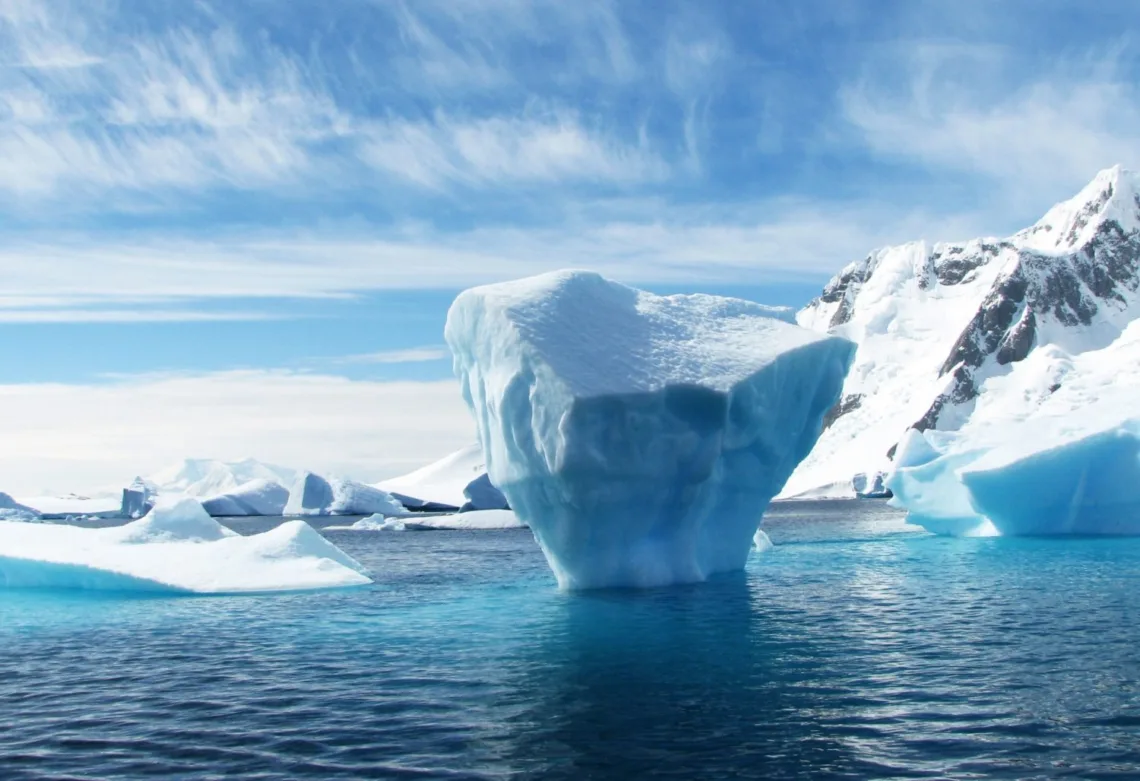Researchers from NTNU have been with a group of professionals who examined the ice in Dronning Maud Land, east of Antarctica.
Researcher Irina Rogozhina at the Department of Geography at NTNU can say that the ice in Antarctica has varied a lot over time.
– Our study shows that the ice in the east of Antarctica in Queen Maud Land melted rapidly between 9,000 and 5,000 years ago. This is in the period we call the Holocene, or more precisely the middle Holocene, when large parts of the world experienced summers warmer than now, says Rogozhina.
The ice sheet in Antarctica is not evenly distributed or uniform, in East Antarctica it was thinner then compared to now. It wasn’t particularly long ago either, writes Forskning.no.
The researchers believe that they are on the track of a reason why the ice in East Antarctica became thinner at the end of the last ice age.
– We believe that the ice layer became less stable due to higher regional sea levels and warmer water that rose from the ocean depths in the polar regions, says Rogozhina.
This warmer water melted the ice from the bottom and caused large icebergs to break up and caused the ice from the interior to move faster from the land towards the sea. This in turn thinned the ice layer on land.
– The process is similar to what happens when a house on a slope loses its foundation and begins to slide down the slope, explains Rogozhina.
In short, the less stable parts of the ice in East Antarctica, those that float on the sea, were broken up easily. This in turn led to the ice layer becoming much thinner within a relatively short period of time. Time in a geological context, i.e. a few hundreds or thousands of years.
Investigations of cosmic radiation also show how common it is for the ice to cover an area.
The results show that the most common thing in Antarctica is that the ice is thick along the coast. Further inland where mountain peaks penetrate the ice and the landmasses can lie several thousand metres higher it is not thick.
– We find that the land masses along the coast of Queen Maud Land have been covered by ice between 75 and 97 percent of the time during the last one million years, says Professor Ola Fredin at the Department of Geosciences and Petroleum.
The thickness of the ice, and the speed with which it moves, varies a lot if you examine longer periods of time.
The mountain range further into the continent acts as an important separation between the dynamic coast and the ice sheet closer to the South Pole, where the thickness varies much less.

